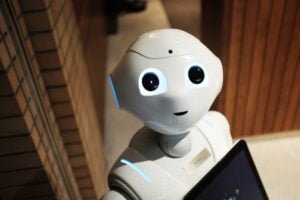
While not many people talk about production pipelines in their every day work, they’re a factor in any and every industry out there. Every product you have ever used, every meal you have ever eaten, everything you have ever accomplished has had some sort of pipeline. Whether or not the production of said thing was designed or just happened, it had a pipeline.
Optimization is exciting.
Pipelines are what fascinate me about the world. Top to bottom maps of products in, product out are exciting. If you analyze pipelines from one business, you can take the lessons learned from other seemingly unrelated businesses. If you’re not learning lessons from and stealing from others, you’re probably doing it wrong.
Alternatively, as part of Toyota’s philosophy is a process of continuous improvement called Kaizen. The concept is essentially that the people doing the work, make continuous improvements in their process. Everyone is working towards the same goal and everyone has input on how to make everything work more efficiently. There’s more to it. Read about it at the website for the Kaizen Institute.
https://www.zdnet.com/article/google-deepminds-sideways-takes-a-page-from-computer-architecture/
The article I’m linking to above is talking about something called back-propagation in Deep Learning. For the purposes of the article, you don’t need to understand anything about neural networks. The article vaguely describes what they are and how lessons already used in modern computer chip architecture can be used to speed up AI processing. The beauty of the article lies in that while your business may not have anything to do with computers, processor architecture has some great lessons that you can apply to your business and efficiency. It very quickly describes how you could change and adapt your product pipeline to be more productive with the same amount of team members.


